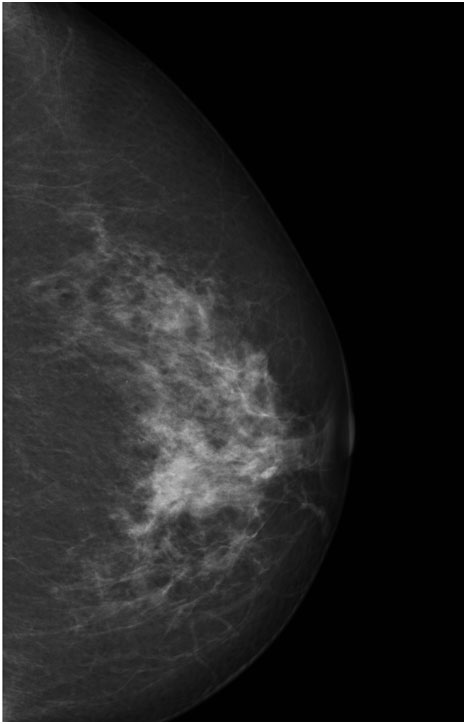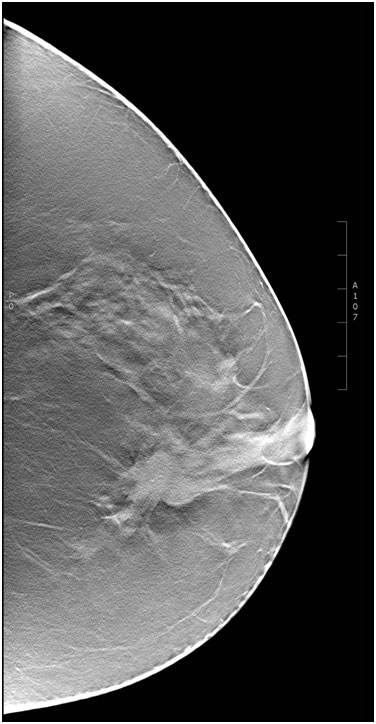What is a Dense Breast?
Dense breast is a term used in mammographic reports to describe the volume of fibroglandular tissue in the breast. There are four grades of density reported on a mammogram, the least dense is a breast that is composed of very little glandular tissue and at the other end of the spectrum is an extremely dense breast. Each of these two groups represent about 10% of women undergoing mammograms. 40% of women fall in the group of heterogeneously dense and the other 40% fall in the scattered dense tissue group. Therefore 50% of women undergoing mammography will have dense breast tissue.
What is the significance of a dense breast?
Dense breast tissue reduces the accuracy of a mammogram because of the masking effect, this shortcoming can be partially offset by a 3D Mammogram that allows a Breast Imaging Doctor to see through some of the dense tissue and find small cancers. The size of the tumor at the time of diagnosis is the single most important prognostic factor in determining survival in a breast cancer patient. Dense breasts can lead to delay in the diagnosis of tumors that are obscured or invisible due to overlapping dense breast tissue. The accuracy of a mammogram can be as low as 50%-60% in women with heterogeneously or extreme dense breast.
Dense breasts on a mammogram is also an independent risk factor for developing breast cancer. High mammographic density is associated with a moderate risk factor for breast cancer. Breast density is a better predictor of a breast cancer risk than total cholesterol is for cardiovascular disease. A woman with an extremely dense breast has a risk factor that is three times higher than one with a predominantly fatty breast. More than 30 states have now passed a law mandating disclosure of breast density in all mammogram reports. Referring doctors are required to discuss the need for supplemental screening recognizing the limitation of mammography in breast cancer detection in women with a dense breast. An informed decision is made based on presence of additional risk factors as to the need for additional screening methods.
I have a dense breast, what next?
Have a discussion with your doctor of your overall risk for breast cancer. Based on your individual risk factor your doctor will be able to determine if you need additional screening with breast ultrasound and or Breast MRI. We will also be glad to guide you to find the resources that you need to make an informed decision based on current practice guidelines.
Will I always have a dense breast?
In the post-menopausal period some women will undergo a progressive decrease in the breast density while others will have a breast density that will not change.
Resources:
Breastdensity.info
Areyoudense.org




